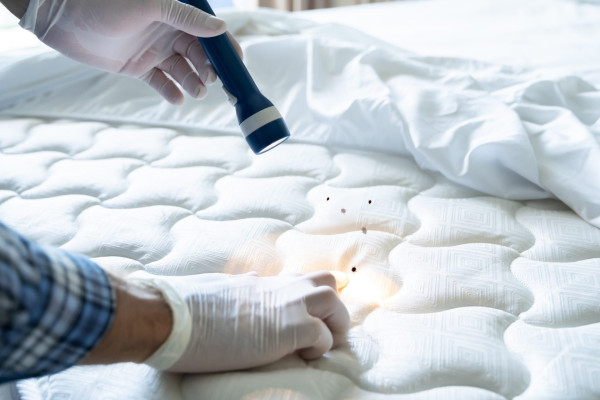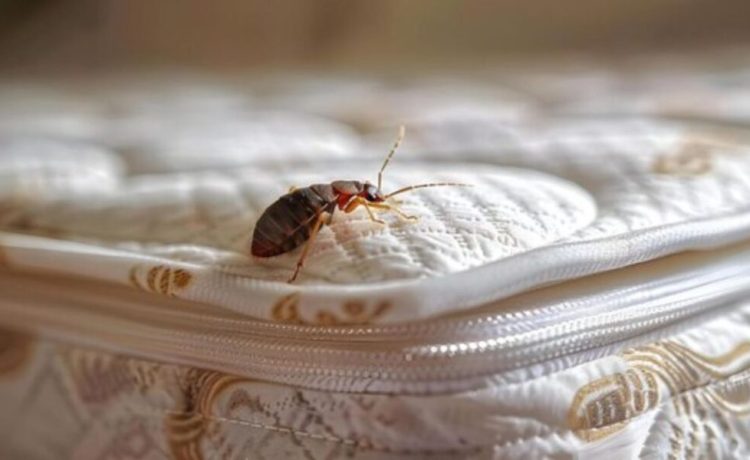Bed bugs are one of the most common and annoying household pests. These tiny, reddish-brown insects hide in cracks and crevices, feeding on human blood, often at night. Their presence can lead to itching, irritation, and sometimes even anxiety for affected individuals. Fortunately, there are effective strategies you can use to reduce the risk of bed bugs in your home and eliminate them if they are already present. Here’s a guide on how to reduce bed bugs in your home and keep your living space safe and comfortable.
Inspect Your Home Regularly
The first step in reducing bed bugs in your home is regular inspection. Look for signs of bed bugs, including small reddish-brown stains on sheets or mattresses, eggs or shed skins, and live bugs. Pay close attention to cracks in furniture, the seams of mattresses, baseboards, and behind picture frames, as these are common hiding places. Early detection is key to controlling infestation before it becomes more widespread.
Reduce Clutter

Bed bugs thrive in cluttered areas where they can easily hide. Keeping your home tidy and free of unnecessary items, especially around beds and furniture, will make it easier to spot any potential bed bugs. Reducing clutter also gives you more space to properly inspect and clean areas where bed bugs might reside. For instance, clear out items under the bed or in closets to minimize hiding spots.
Use Bed Bug-Proof Covers
A highly effective prevention method is using bed bug-proof mattress and box spring covers. These covers trap any bed bugs already living inside and prevent new ones from entering. Be sure to use high-quality, tightly sealed covers that are specifically designed for this purpose. While these covers won’t eliminate an existing infestation, they are a great barrier to help prevent future infestations and to keep bugs from feeding on you at night.
Vacuum and Clean Thoroughly
Vacuuming frequently, especially around furniture, cracks, and seams, helps remove both bed bugs and their eggs. Make sure to vacuum carpets, upholstery, and the edges of walls, as these are areas where bed bugs can hide. After vacuuming, seal the vacuum bag in a plastic bag and discard it immediately to prevent any bed bugs from escaping. Additionally, washing bed linens, sheets, and blankets regularly in hot water can help kill any bed bugs that might be hiding in fabrics.
Seal Cracks and Crevices
To reduce the risk of bed bugs entering your home or moving between rooms, seal any cracks and crevices in walls, baseboards, and furniture. Bed bugs are experts at hiding in tiny gaps, so make sure your home is as sealed as possible. Use caulk or other sealants to close off spaces where bed bugs can hide.
Bed bugs are resilient pests, but with the right approach, you can significantly reduce the risk of infestation in your home. Regular inspections, maintaining a clutter-free environment, and taking preventive measures like using bug-proof bed covers and vacuuming frequently can all help protect your home. If the problem persists or worsens, don’t hesitate to seek professional assistance. By staying vigilant and proactive, you can keep your home bed bug-free and maintain a comfortable, peaceful living environment.











